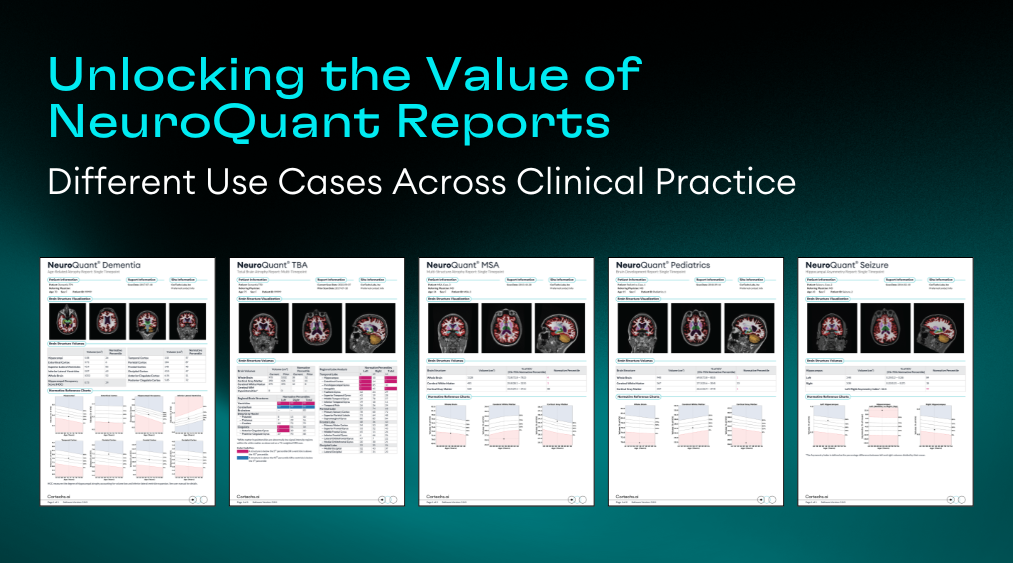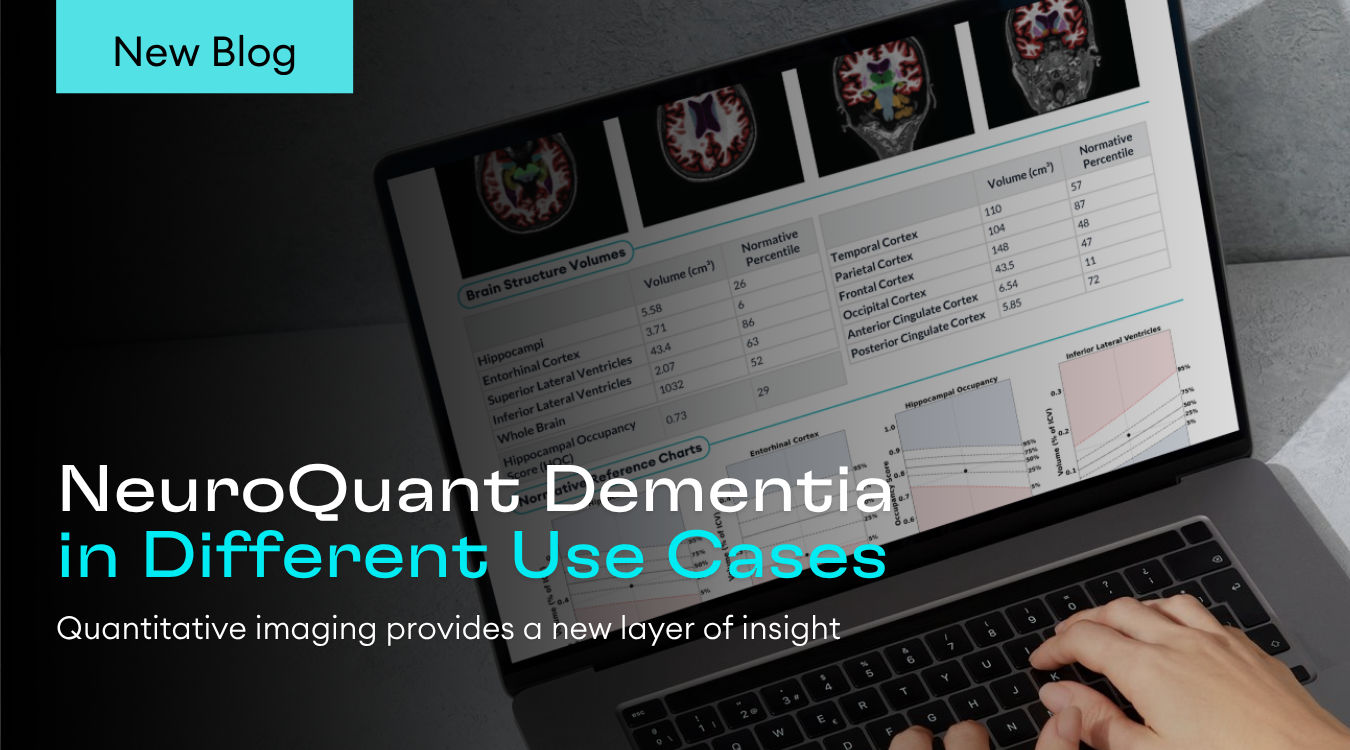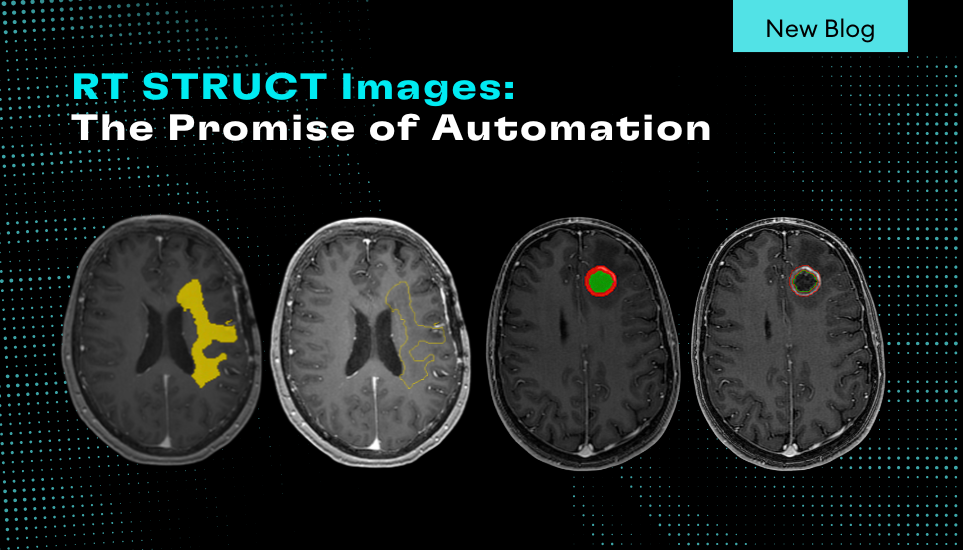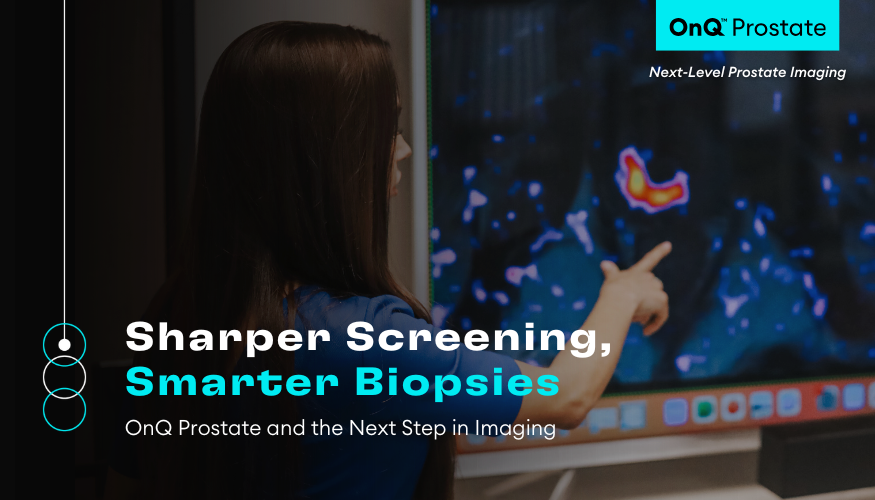Automated CT registration tool improves sensitivity to change in ventricular volume in patients with shunts and drains
A retrospective evaluation of ventricular shunt or EVD patients who underwent sequential head CT scans with an automated CT registration tool (CT CoPilot), assessing reader ability to discern change in ventricular volume between scans using standard axial CT images versus reformats and subtraction images generated by the registration tool. 2020.
[button]Download[/button]






